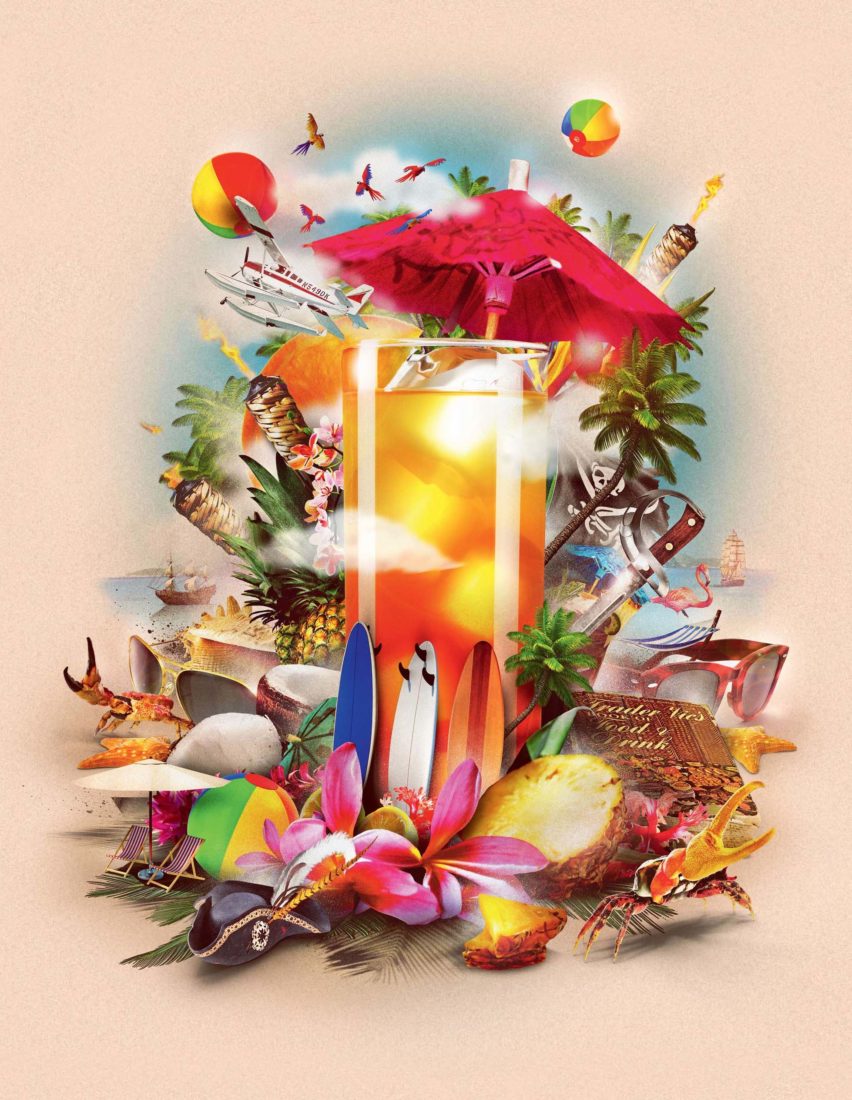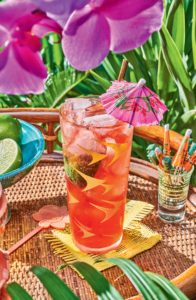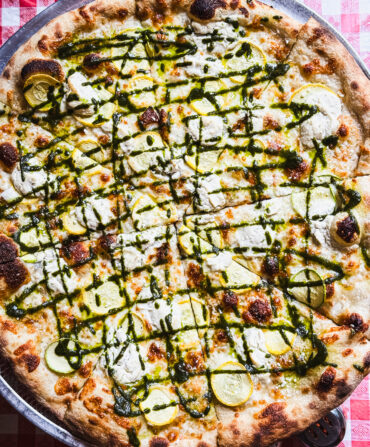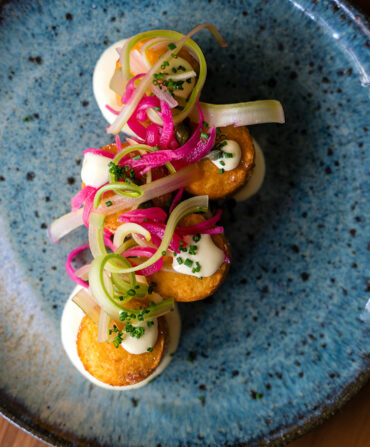“I used seven kinds of French vermouth in an effort to make palatable dry martinis,” wrote Kenneth Roberts. “They were without exception execrable, although some were more execrable than others.”
Roberts, a best-selling historical novelist (Northwest Passage, Arundel), was spending the winter in the Bahamas in the late 1940s. Whereupon he found himself gravely inconvenienced by a shortage of his favorite French vermouth, Noilly Prat.
I read Roberts’s lament not in a newspaper or magazine, but in a copy of Trader Vic’s Book of Food and Drink, a popular guide to exotic things to consume published in 1946. The author, Victor Bergeron, was the founder of what the New York Times called “one of the country’s most successful luxury restaurant empires.” And Roberts’s comment was printed not in neat type, but scrawled in thick pencil across two mostly blank pages (130 and 131). I know this because some years ago I turned up and bought the very book Roberts once owned—as attested by his elaborate bookplate, complete with name, tree, globe, rifle, and sailing ship.
Trader Vic’s book is something of a lodestar in the evolution of what are now commonly called tiki drinks—tropical concoctions with ostensible roots in the South Pacific. (Most were actually adaptations of drinks from the West Indies.) I learned much from reading about classic midcentury drinks in the book—the Dr. Funk, the Fog Cutter—but I got a more personal lesson in island drinking from Roberts’s scribbled alternative to his preferred drink, the martini. And that lesson was twofold: Don’t settle. And be creative.
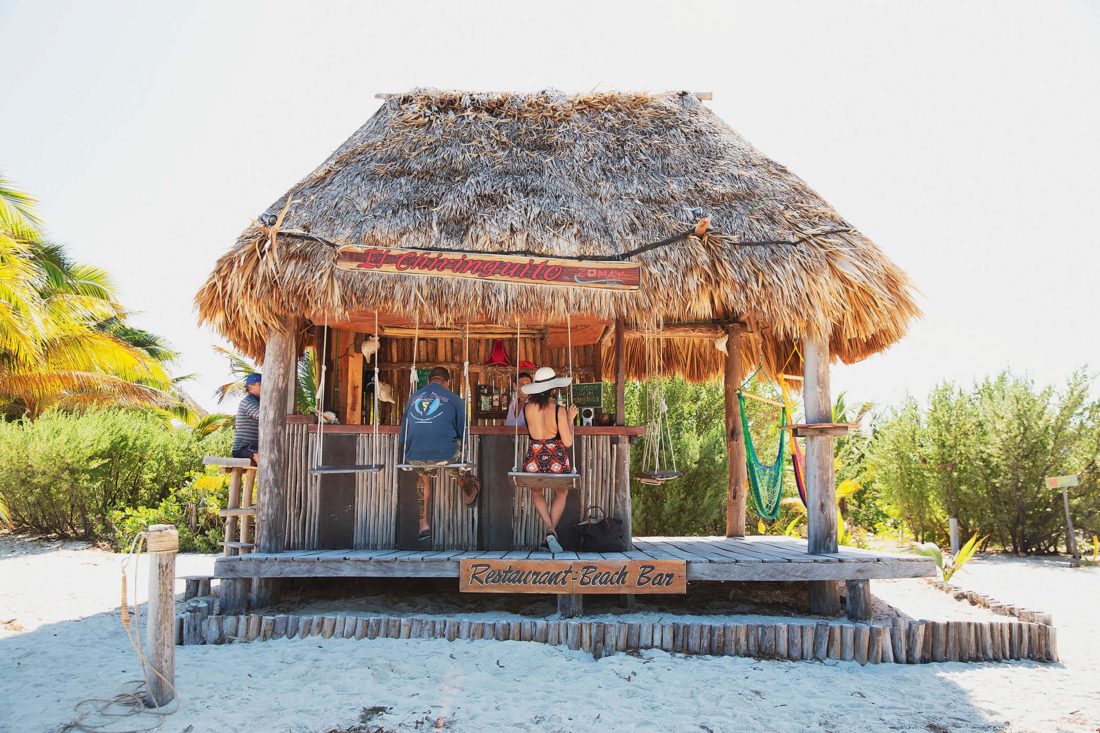
Among the many reasons to spend time on an island is that the company is good. Islands tend to either frighten away or temper domineering, type A folks—you know them, your friends who want to control everything. Life on an island is usually dependent on ferries or planes over which one has little agency, and so those types either leave or temporarily learn complacency. Roberts actually struck me as pretty tightly wound—his handwritten screed is made nearly illegible with cross-outs, corrections, and emendations. All for a short recipe! But he adapted.
Much the same could be said with sleuthing out ingredients for drinks. You adapt or you leave. No Noilly Prat vermouth? Insert pursed lips, shrugged shoulders, and upturned palms. What can be done?
You improvise, and do so while upholding your standards. Roberts was not going to compromise his tastes. He was confronted with several vermouths, all execrable. “I therefore turned to rum,” he penciled on the page. He tried daiquiris made with light Cuban rum but declared them tasteless. “Only Jamaican rum gave me what I wanted,” he wrote, “flavor, character, and palatability.” He especially liked Myers’s rum.
And what emerged as his new favorite drink? “With rum, as with everything else, simplicity is elegance,” he wrote. “The best cocktail is so simple I’m ashamed to write it down.” But write it he did: one tumbler of Myers’s rum, one tumbler of pineapple juice. Pour both in a cocktail shaker with ice, and shake until creamy.
I will attest that this is an excellent drink when made with fresh pineapple juice. Roberts didn’t specify fresh or canned, but what’s the point of staying on an island near the tropics if you don’t have access to fresh pineapple juice?
Making drinks with what’s at hand and without the baggage of habit is an essential island survival skill. Haunting rum shops in Barbados, I learned that most didn’t stock my preferred variety of aged rum, and so I rolled with it and came to love the fiery white rums—mixed with a bit of lime and sugar—preferred by islanders. On Martinique, a barkeep once brought out a bottle from under a counter in which little scorpions were being infused—at least, I think that’s what they were. It was not what I had entered the bar in mind of, but it tasted delicious and I suffered no lasting impairments.
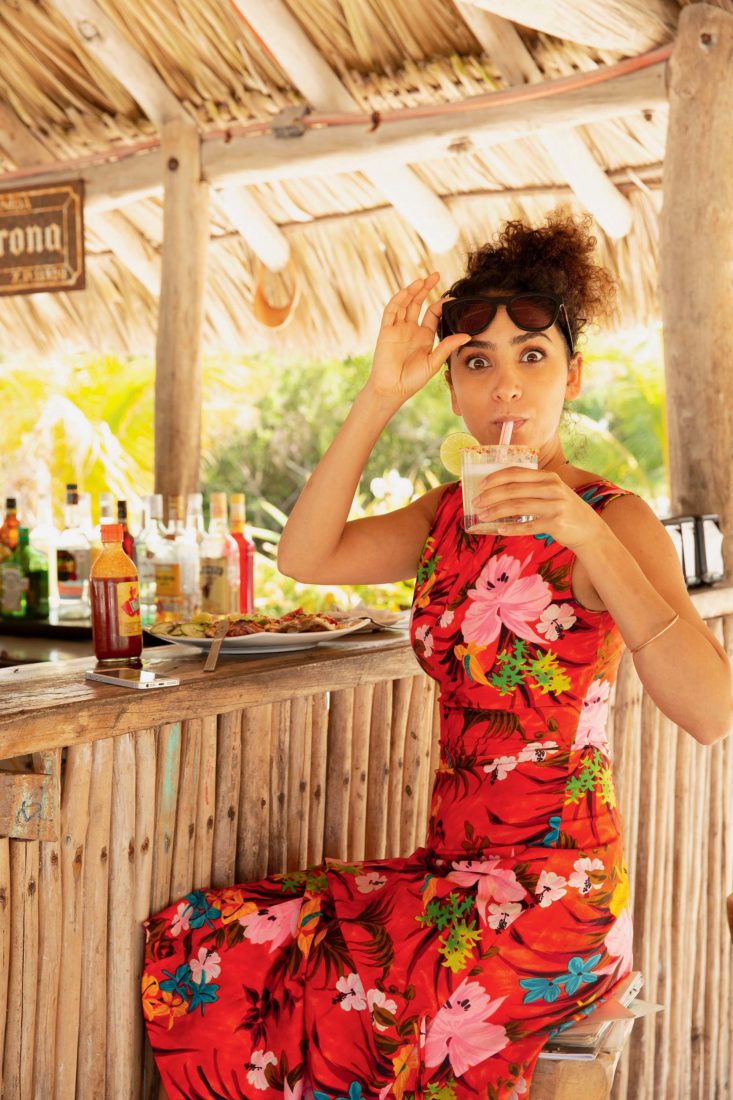
The quintessential island drink is the Planter’s Punch. The very mention of it may have elicited from you a knowing nod, calling up as it will the residue of pleasing memories of some bar or restaurant on a long-ago vacation. But I’m pretty sure your Planter’s Punch is not the same as mine. Because it’s not really a drink, but a whole class of drink.
I found an 1894 recipe for a Planter’s Punch that calls for rum and guava jelly. A 1928 account noted that the sugar planters of Cuba and Louisiana made a drink of rum and squeezed limes with grenadine and seltzer. “It was drunk out of tall frosted glasses and was called ‘Planter’s Punch.’” A 1934 newspaper account insisted that a proper Plantation Punch should be made only by a Jamaican.
“Every bartenders’ guide gives the recipe for a Planter’s Punch, and they’re usually all different,” wrote Trader Vic in his 1946 book. He lists several versions and instructs readers to pick their favorite. Mine is a tweak of one he developed for his own restaurants, made with a fragrant Jamaican rum, lemon and lime, and grenadine. This recipe evokes someone in a straw hat peering into an open fridge in an island bungalow and wondering, Now, what can I do with this?
Make a Planter’s Punch, of course. Which is to be followed by settling on a porch with a soft breeze stirring, while enjoying the chime-like tinkling of ice against glass, and realizing that—despite many signs to the contrary—all is right with the world.
This article appears in the June/July 2020 issue of Garden & Gun. Start your subscription here or give a gift subscription here.


